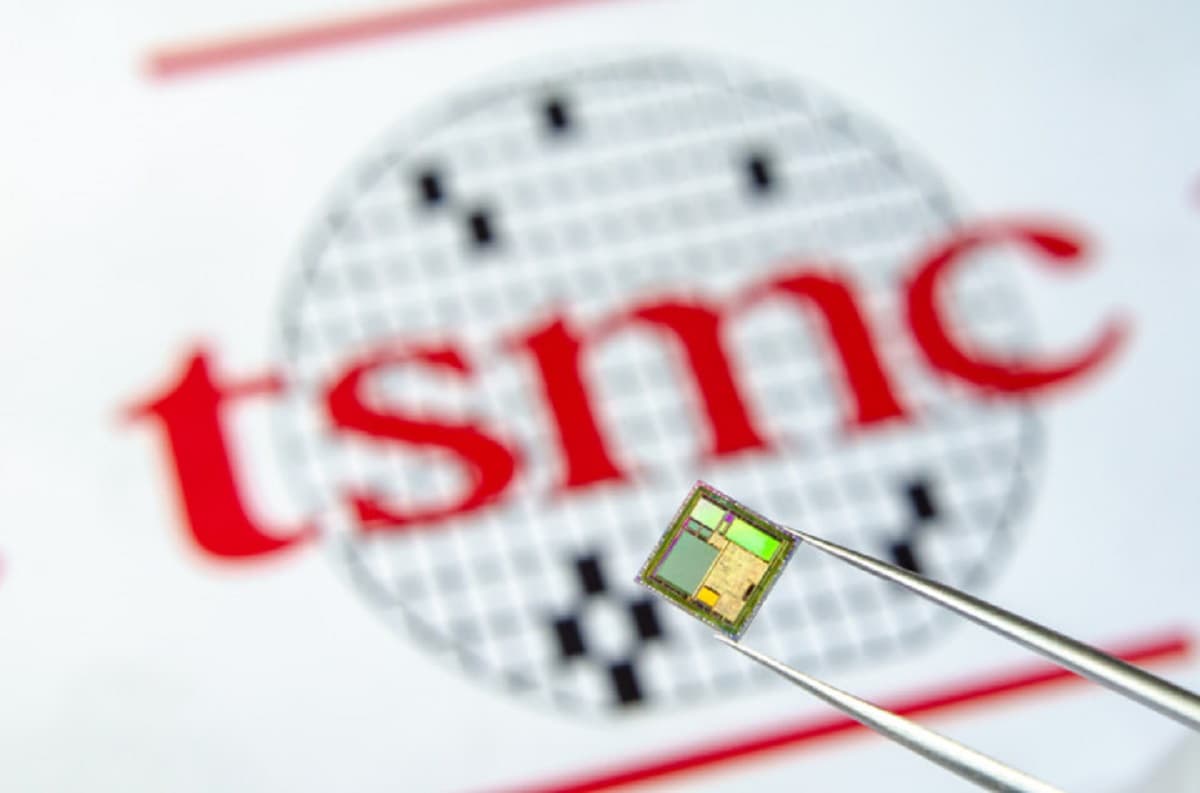
To achieve this goal, the Google team used a data set of 10,000 chip layouts for machine learning models, and then used reinforcement learning for training.
In the face of a severe shortage of semiconductors or chips worldwide, the Google team of researchers is working on designing the next generation of artificial intelligence (AI) chips, and has created an AI model that allows artificial intelligence agents with more experience to perform chip design than any Human designer. New AI methods use past experience to solve new examples of problems better and faster.
"Our method is used to design the next generation of Google's artificial intelligence (AI) accelerator, and it is possible to save thousands of hours of manpower for each generation," the team wrote in a paper published in the scientific journal Nature Write.
"Finally, we believe that more powerful artificial intelligence design hardware will promote the progress of artificial intelligence and establish a symbiotic relationship between the two fields," they pointed out. In about six hours, the model can generate designs that optimize the layout of different components on the chip. To achieve this goal, the Google team used a data set of 10,000 chip layouts for machine learning models, and then used reinforcement learning for training.
"Our RL (reinforcement learning) agent generates chip layouts in just a few hours, while human experts may take several months," said Anna Goldie, a research scientist at Google Brain who participated in the study, in a tweet. "These superhuman AI-generated layouts are used in Google's latest AI accelerator (TPU-v5)!" she added.
Google has used this model to design its next-generation tensor processing unit (TPU), which runs in the company's data center to increase the performance of various AI applications. Chip floor planning is the engineering task of designing the physical layout of computer chips.
Despite 5 years of research, chip floor planning still cannot be automated, and it requires a lot of effort by physical design engineers to spend several months to produce a manufacturable layout. The Google artificial intelligence team said: "In less than six hours, our method will automatically generate a chip floor plan, which is superior or comparable to a floor plan made by humans in all key indicators (including power consumption, performance and chip area)", as per Google AI Team.


